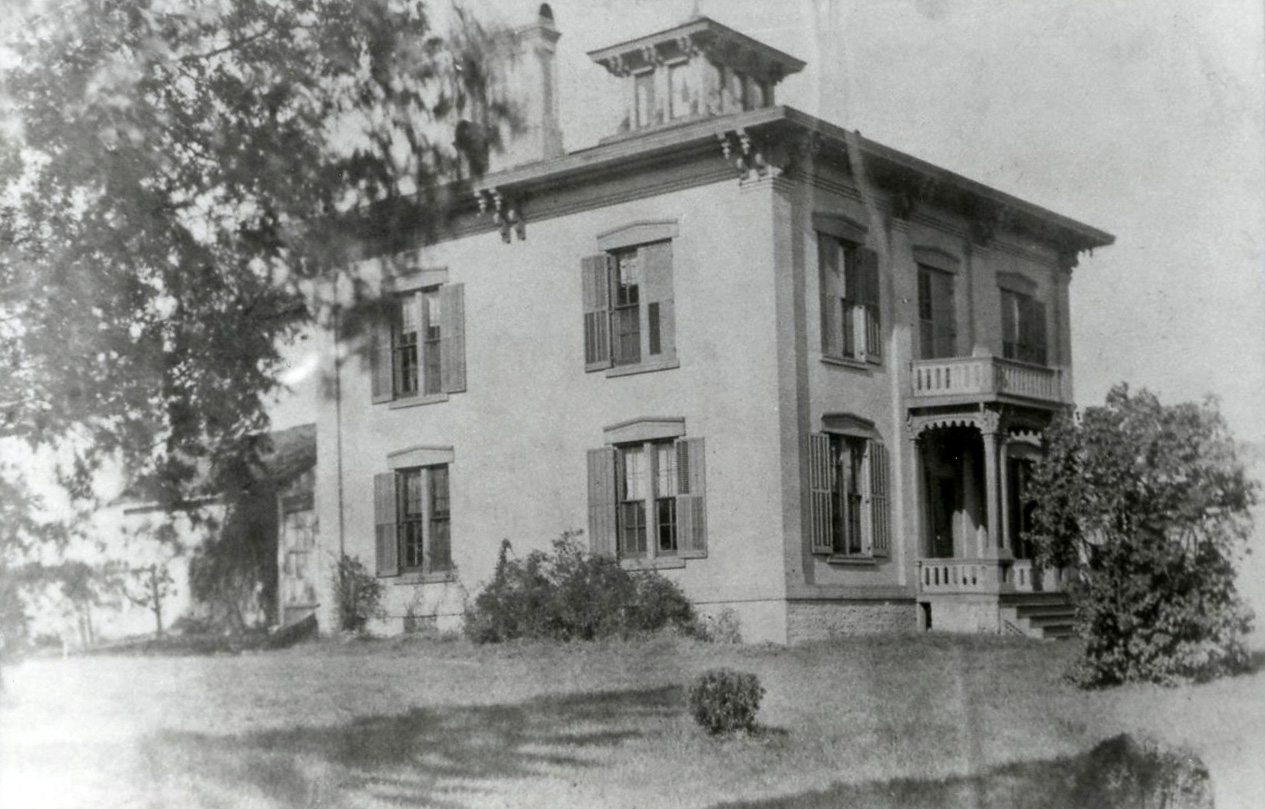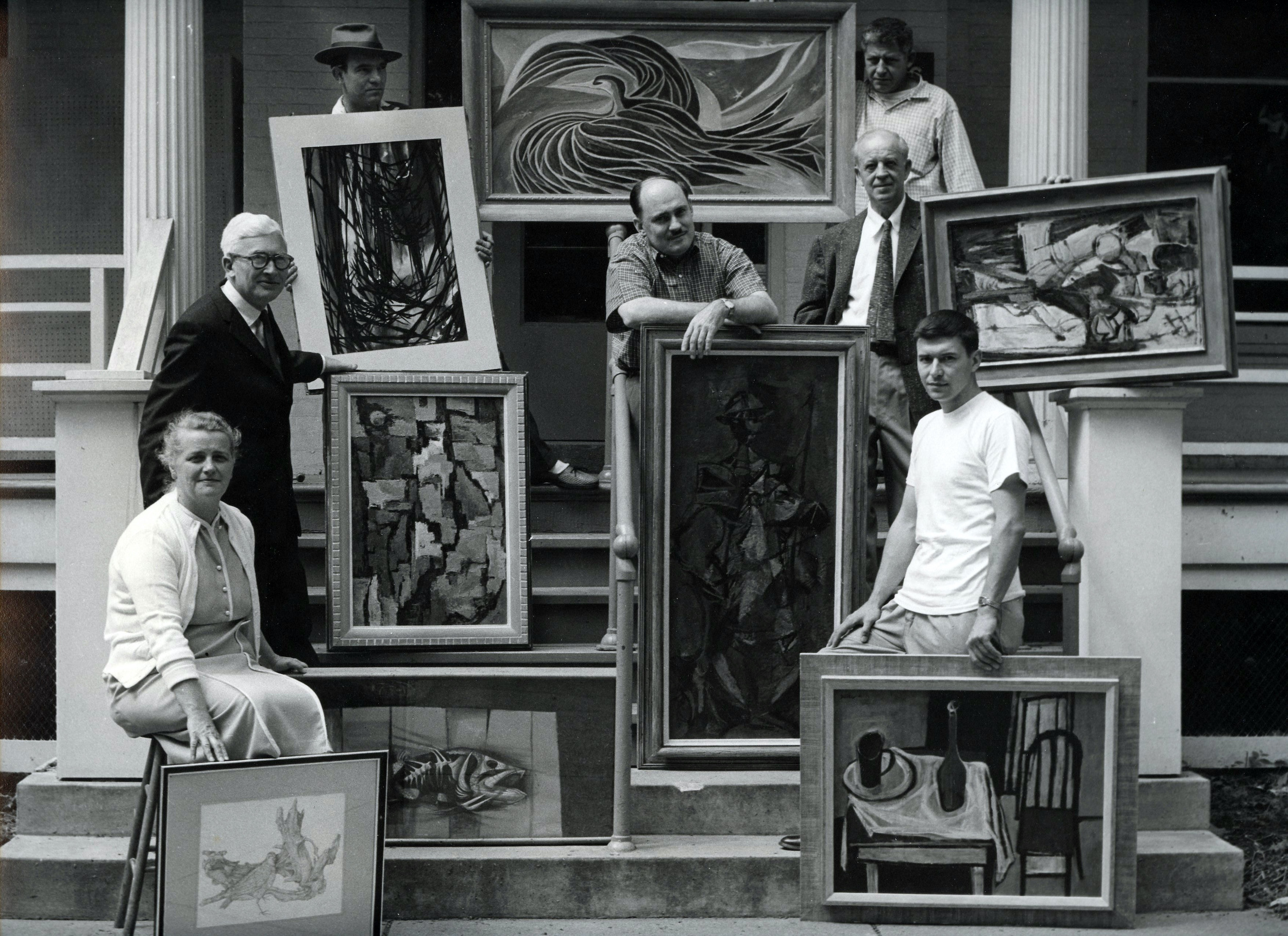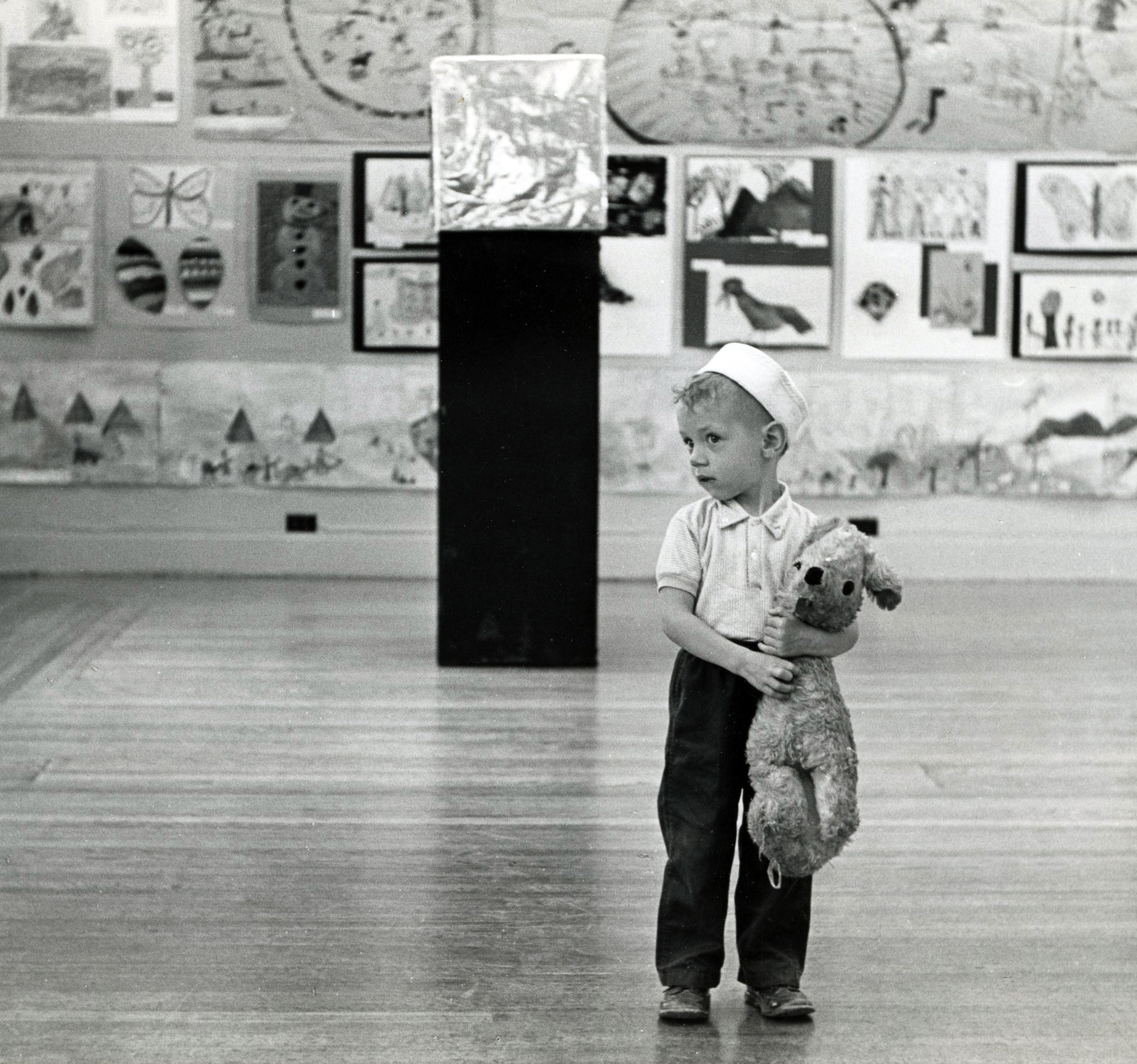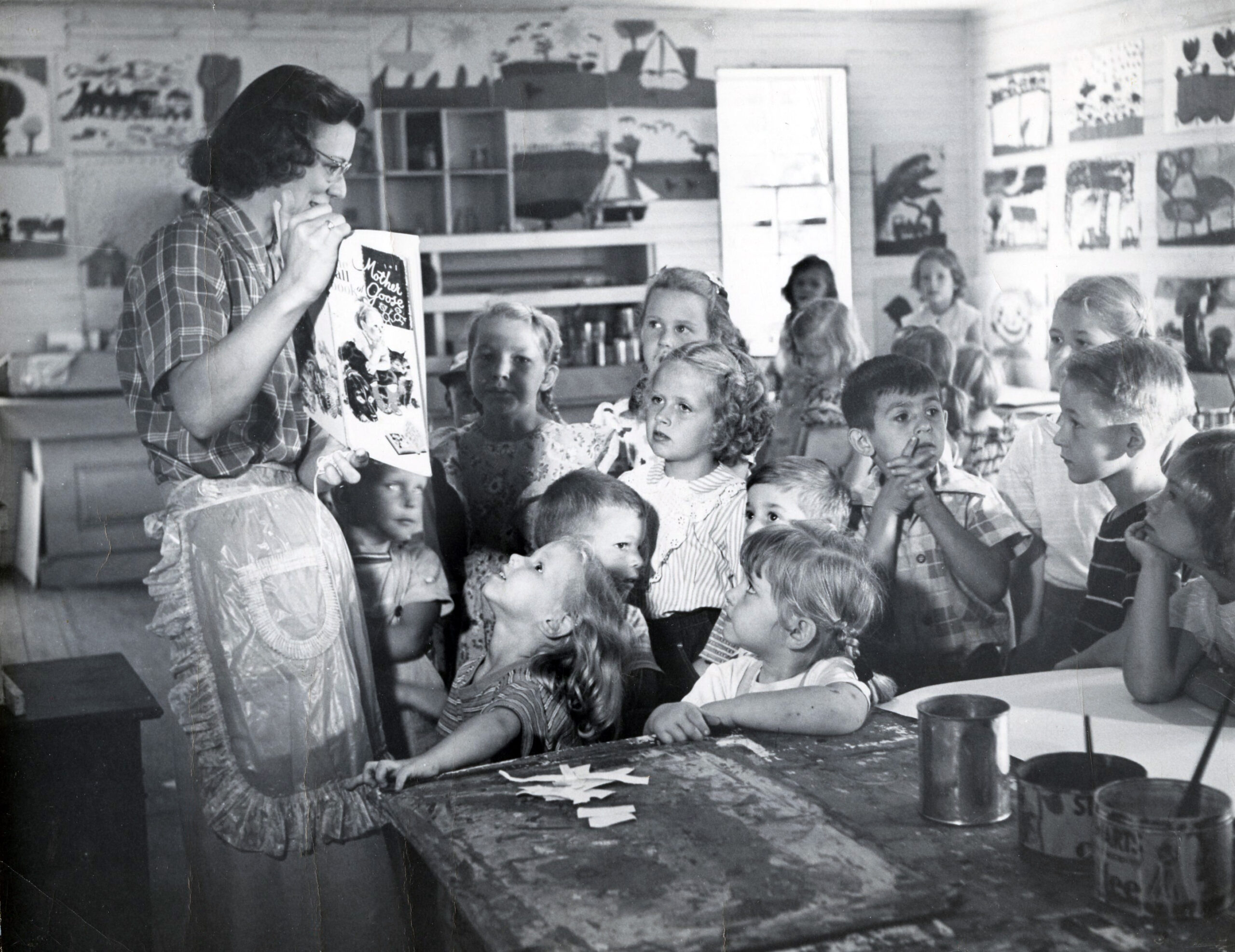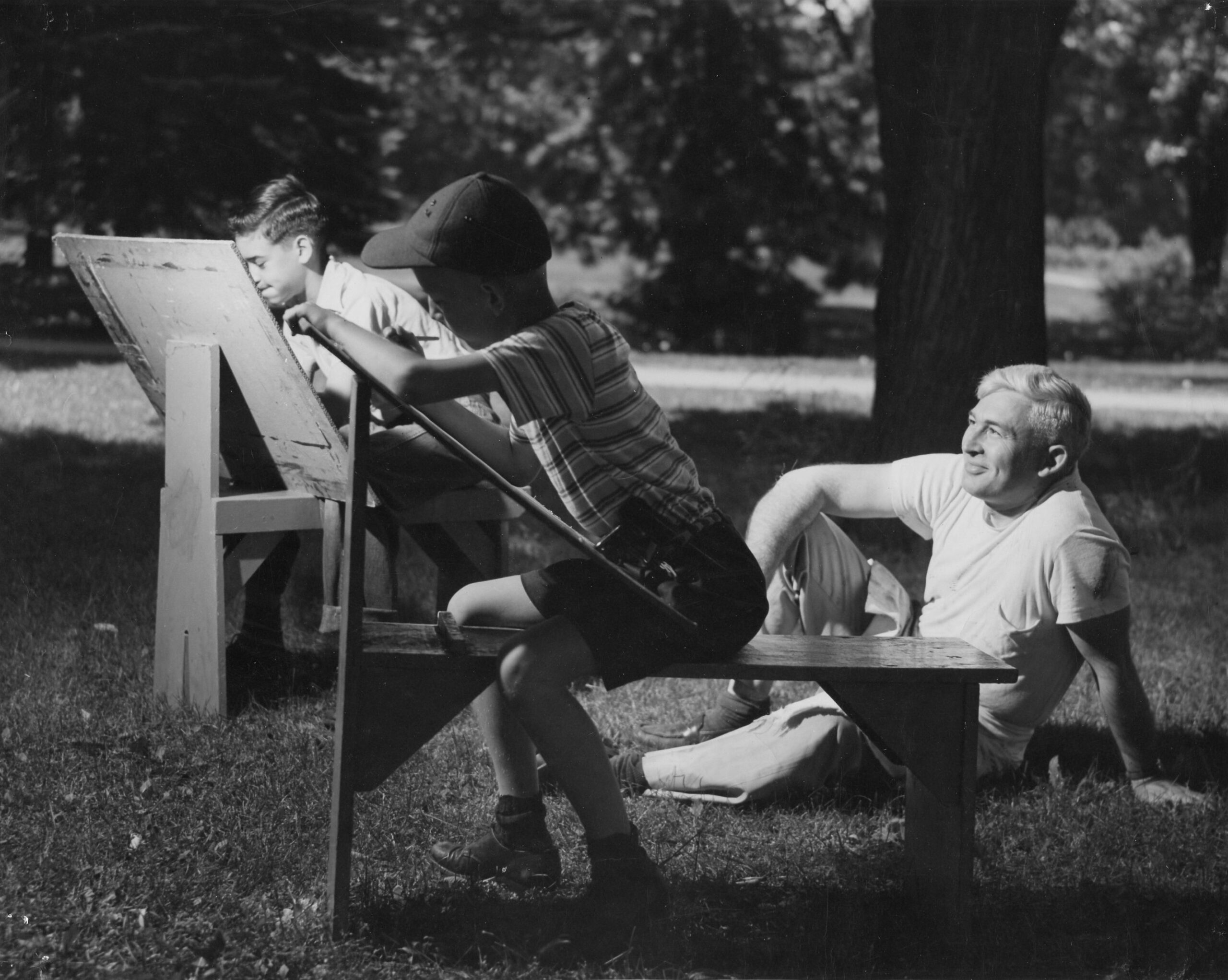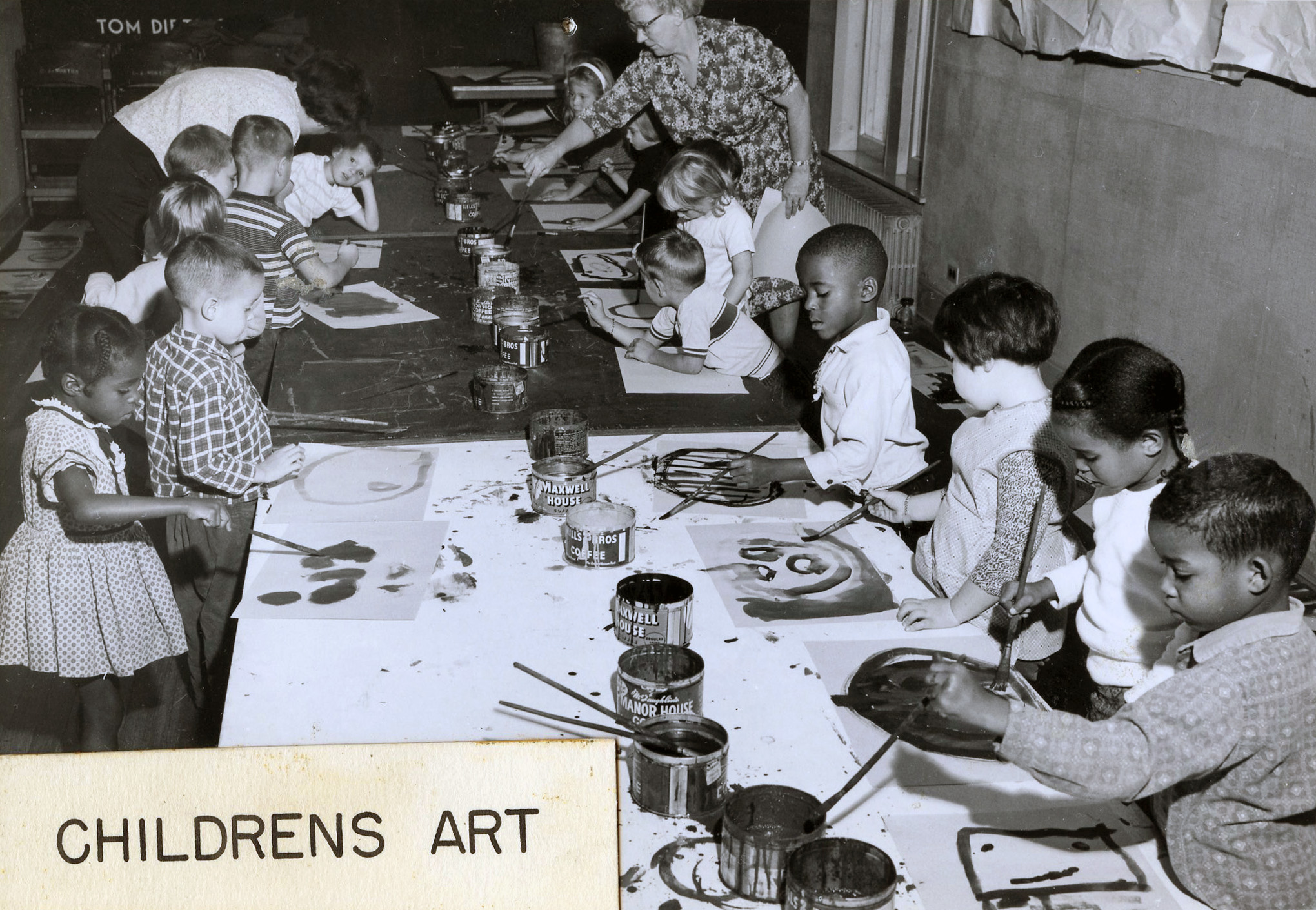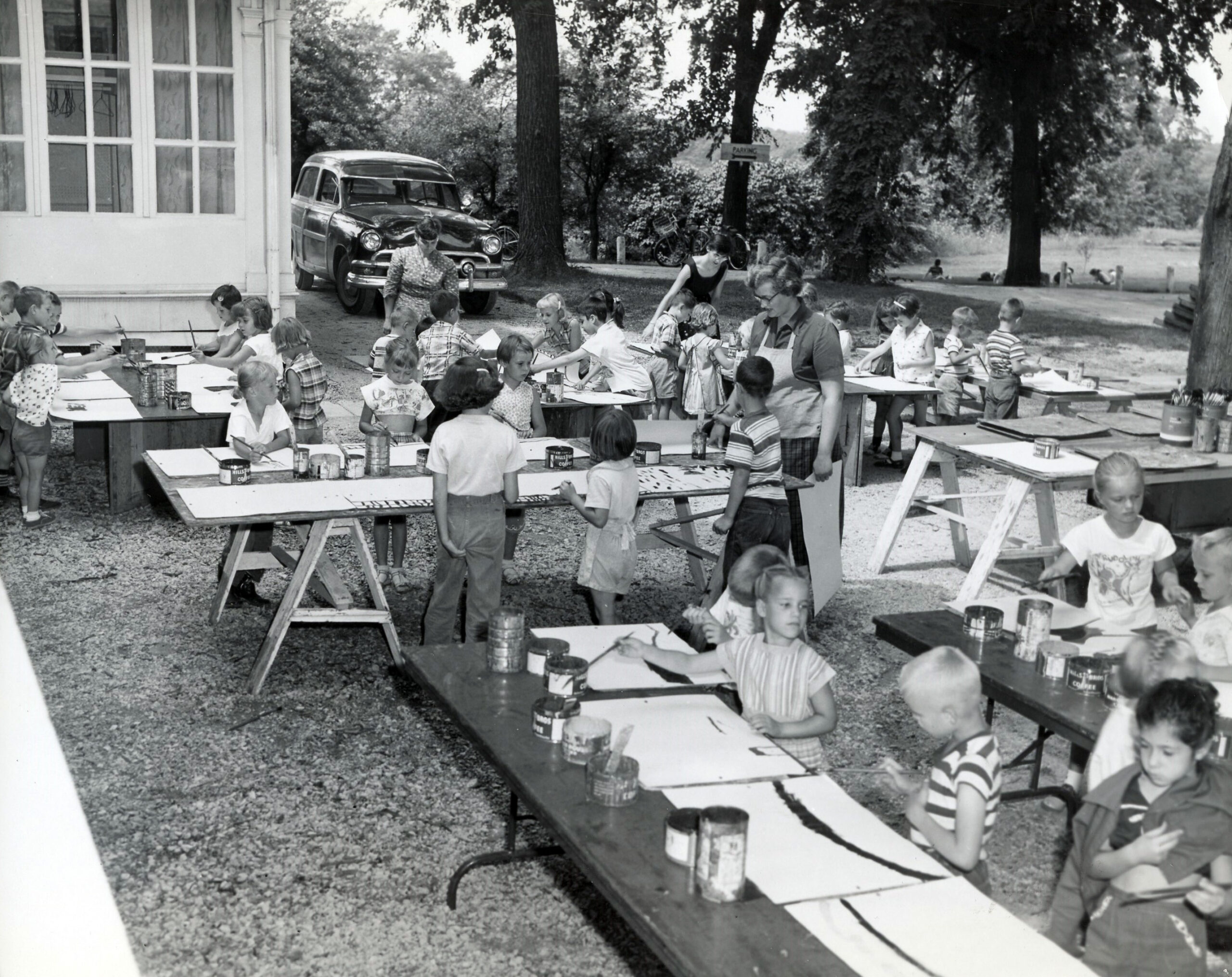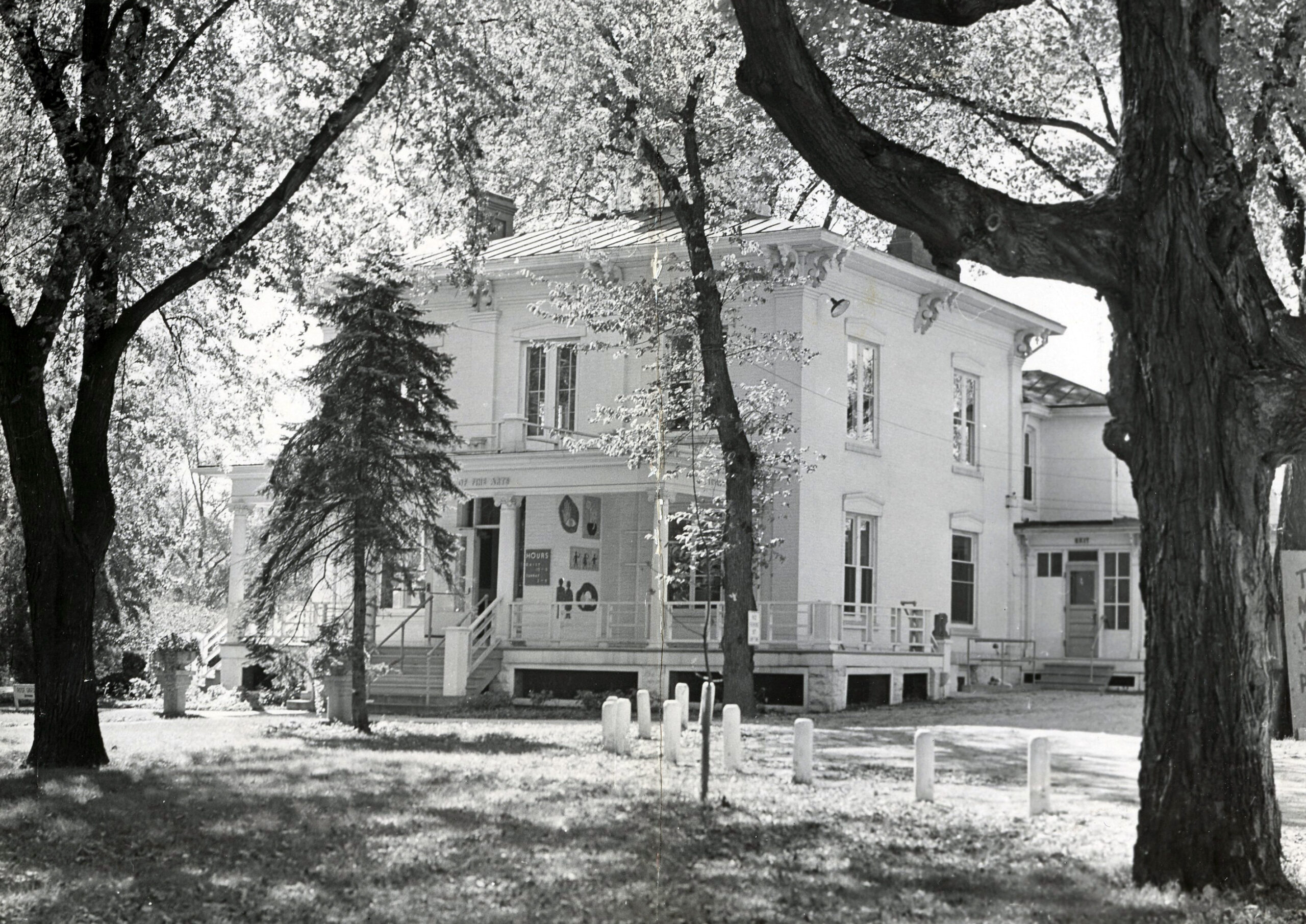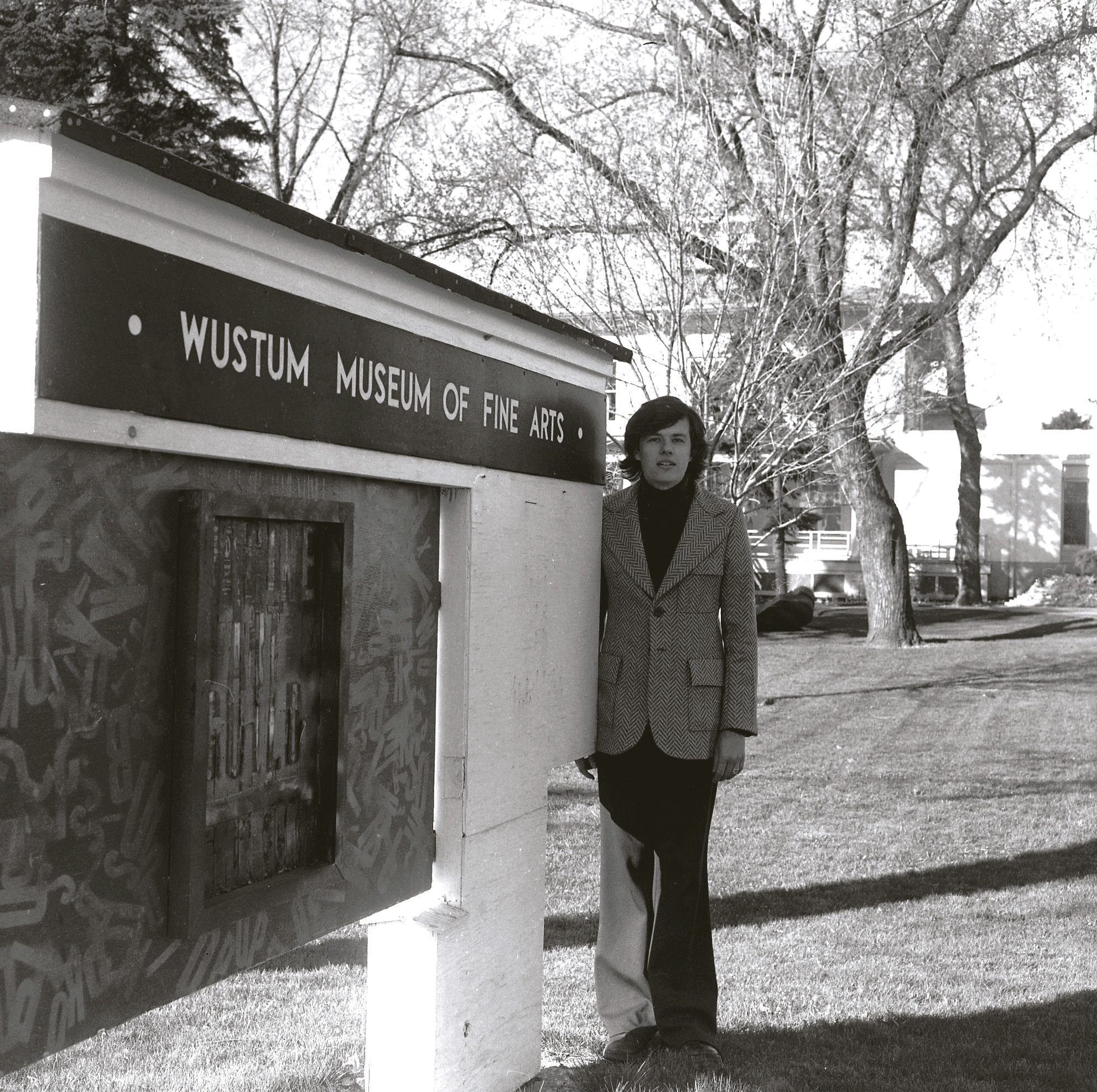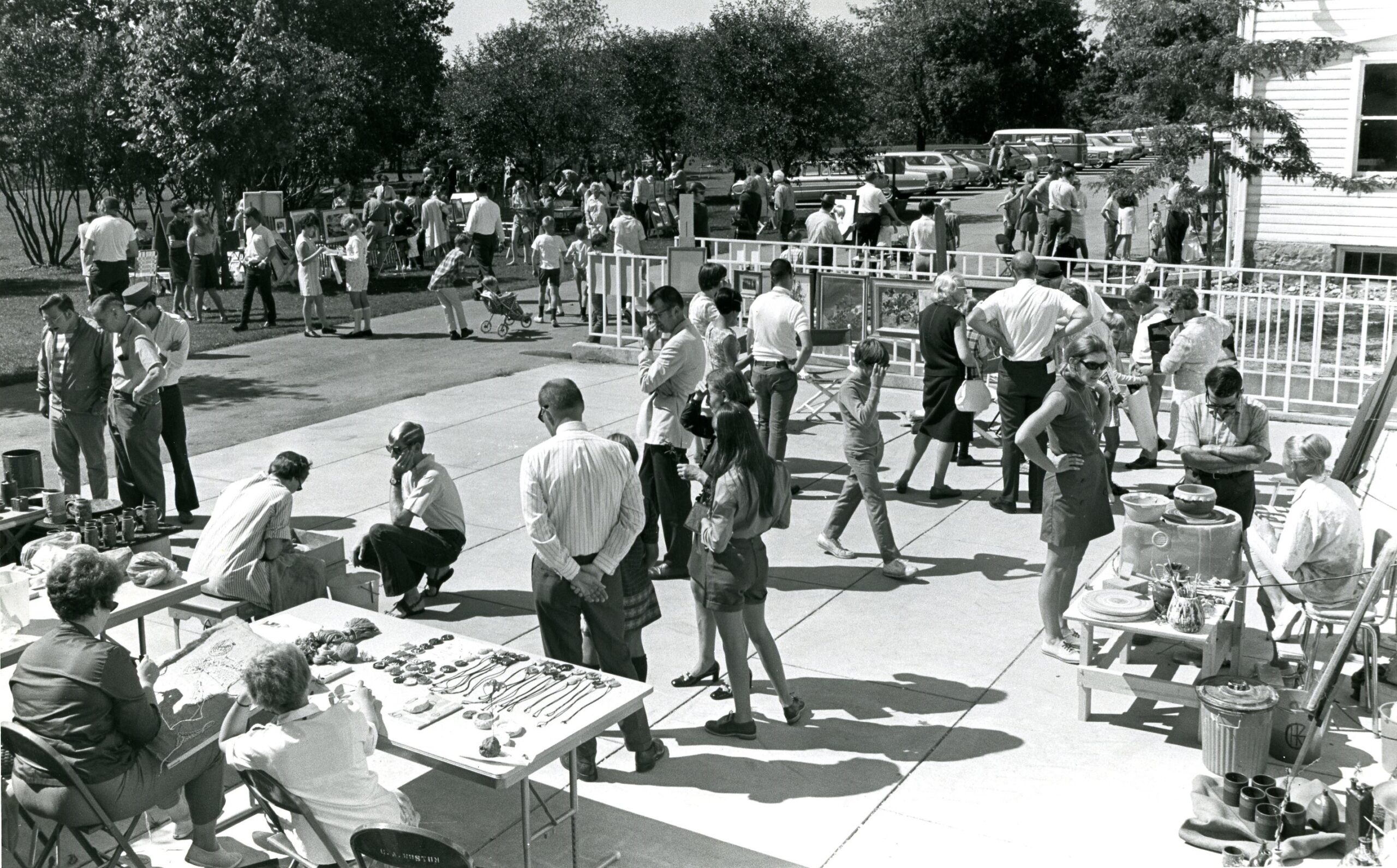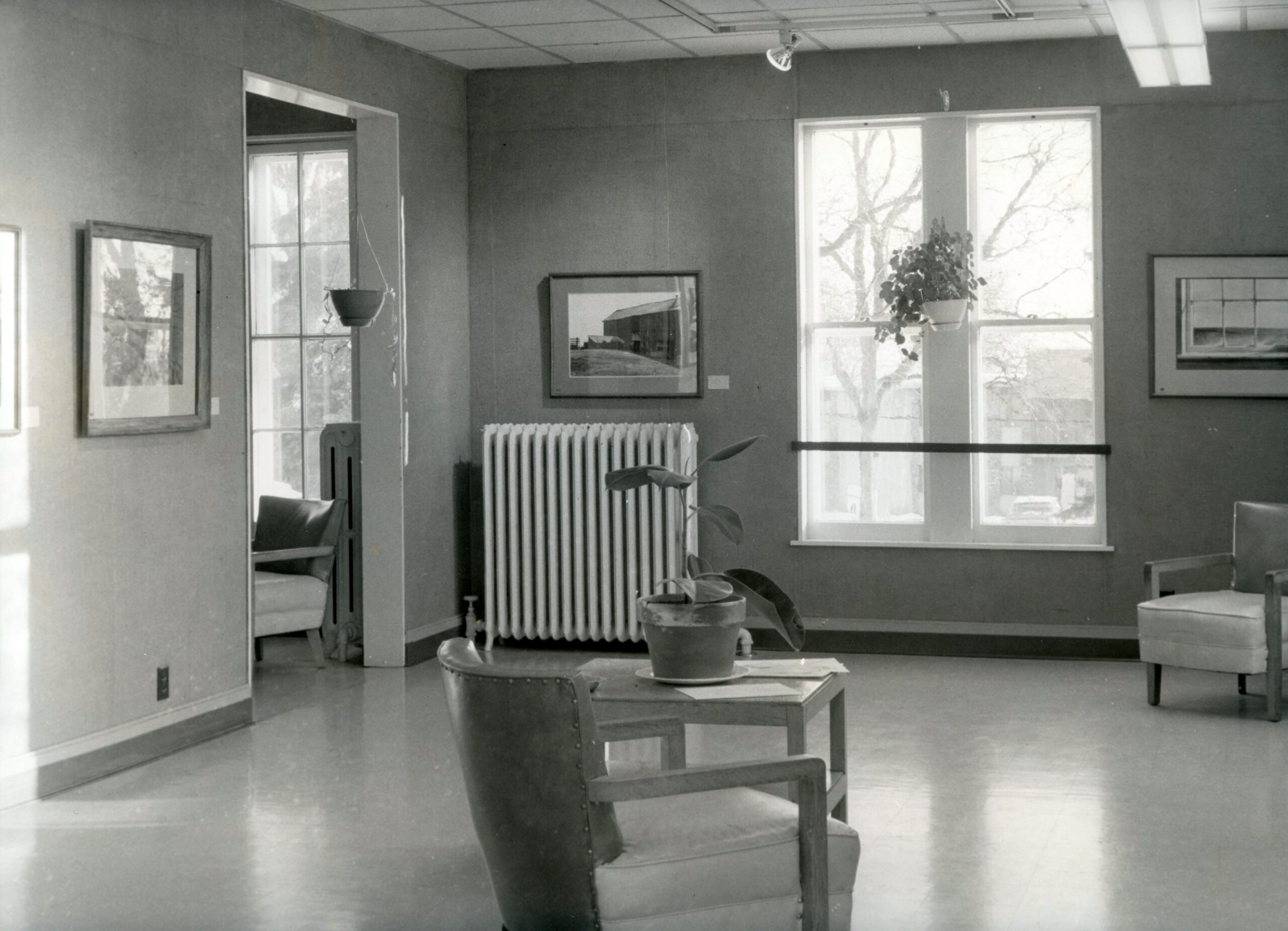
Mission and History
The Racine Art Museum holds the largest contemporary craft collection in North America, with more than 14,000 objects from nationally and internationally recognized artists. The mission of the Racine Art Museum is to exhibit, collect, preserve, and educate in the contemporary visual arts. It is the museum’s goal to elevate the stature of craft to fine arts by presenting ceramic, fiber, glass, metal, polymer, and wood alongside paintings and sculptures.
The museum plays a vital role in arts education through RAM’s Wustum Museum, where it offers community outreach programs, and studio art classes and workshops taught by regionally and nationally known artists working in craft media.
Community
Racine Art Museum and Wustum Museum are located in Racine, Wisconsin, a historic community on the shores of Lake Michigan. Racine is a city with a tradition of supporting art and architecture. It is home to Frank Lloyd Wright’s SC Johnson Wax Administration Building, as well as several Wright homes including Wingspread, which was built for the Johnson family.
History of the Museum
In 1938, Jennie E. Wustum honored her husband’s memory by donating their house, property and a small trust fund to the city of Racine, Wisconsin. She wanted to create an art museum and park that would benefit future generations. In 1941, her donation formally became the Charles A. Wustum Museum of Fine Arts through the cooperative efforts of the City of Racine and the Racine Art Association (now the Racine Art Museum Association).
The Wustum Museum campus includes 13 acres of park, a one-acre formal garden, designed by famed Wisconsin landscape architect Alfred Boerner, and a 1966 classroom/studio addition. The former Wustum home, an 1856 Italianate-style farmhouse, is the center of the campus that originally housed the museum’s permanent collection.
By the 1990s, the collection had grown so large that the museum’s galleries could only exhibit about 10% of it in one year. That inspired the museum’s plans for a future location, which is now the Racine Art Museum in downtown Racine. Her act of generosity inspired the growth of what is now one of the largest and most impressive contemporary craft collections of its type in any museum in North America.
Jennie Wustum’s vision now impacts a community of more than 11 million people in the Chicago-Milwaukee area who can experience the museum’s collections at Racine Art Museum. RAM’s Wustum Museum continues to play a vital role in arts education by offering community outreach programs and studio art classes taught by regionally and nationally known artists.
Racine Art Museum Timeline
The RAM project reused a former bank building that is a 55,000 square foot composite of structures with elements dating back to the Civil War, keeping the exterior partially clad limestone panels which date back to the 1960s renovation.
1885
The Racine Post Office opened its doors and M.J. Herman rented some space to make his cigars.
1899
American Express housed their offices here, as did J.P. Thompson, a woodworker. The B.P.O. Elks occupied the second and third floors.
1902
Dietrich Brother’s Insurance moved in by the Elks on the second floor. Packard & Metler tailors hung out in the basement.
1917
The building housed Commercial & Savings Bank. Hiram J. Smith’s Jewelry also opened its doors.
1929
American Trades & Savings Bank shared the building with Attorney Fred Ahlgrimm, Kolinski’s store and Met Life.
1937
The infamous Brownie Brown dance studio made its home here, as did the WRJN radio station.
1950
Charles M. Constantine opened his law office.
1958
Patricia Stevens Modeling School began its short tenure, as did the Lady Fair Slenderizing Salon.
1961
M&I Bank opened its offices and remained for decades.
2003
The Racine Art Museum, occupying all levels, began a new chapter in the life of 441 Main Street.
Stay in Touch
The Racine Art Museum and RAM’s Wustum Museum work together to serve as a community resource, with spaces for discovery, creation, and connection. Keep up to date on everything happening at both museum campuses—and beyond—by subscribing to our email newsletter:


